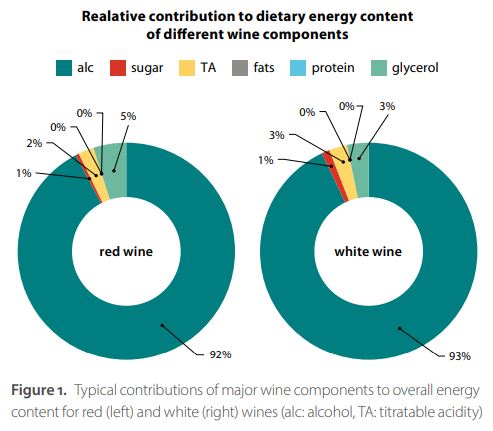Supporting market access, safety and regulation
Project summary
Maintaining market access or opening markets for Australian wine, nationally and internationally, is facilitated by managing and reducing current and potential barriers to trade. The Australian wine industry needs to anticipate, facilitate and influence regulation of wine composition, production, labelling and marketing. This project provides regulatory-related scientific and technical advice and assistance to key industry stakeholders. In addition, representation at national and international industry forums raises awareness of matters of concern to the Australian wine industry.
Latest information
Supporting export of Australian wines
Despite the continuing restrictions on travel, technical support for market access for Australian wine continued, with many forums moving to virtual formats. The project team actively participated in international meetings including the International Wine Technical Summit, FIVS, World Wine Trade Group, the OIV and the APEC Wine Regulatory Forum. Support was also provided to Australian Grape & Wine’s Wine Industry Technical Advisory Committee, with information provided on changes to the international regulatory environment and opportunities to improve market access.
Key papers and presentations prepared during the year included:
- A review of the international issues relating to the definition and measurement of sugar in wines provided to the Marlborough Wine Laboratory network in New Zealand
- A presentation on integrating science and law for the Australasian Wine Law Association
- A presentation on the strengths and weakness of various wine fingerprinting technologies to authenticate wine at Australian Grape & Wine’s seminar ‘Australian Wine: Trade with China and opportunities for diversification’
- A presentation on advances in wine authenticity and provenance testing at the OENOVITI International Symposium 2021
- Recommendations to the OIV on the appropriate use of total dry extract, DL-tartaric acid, certificates of analysis and water additions during winemaking
- A presentation to the International Wine Technical Summit on the importance of proficiency testing programs to ensure ease of trade in international markets
- A paper on the practical measurement of total sulfur dioxide, which was ratified by FIVS and added to their online compendium of technical papers.
The international ring test program managed by the AWRI in conjunction with the Interwinery Analysis Group continued into 2021 after it proved impossible to implement an effective program in 2020 due to the effects of the COVID-19 pandemic. The program is looking to build on its success in aligning the analytical capabilities of a range of APEC nations that import and export wine, and to expand the program to a much wider range of economies.
The project team also supported the formation of a FIVS Scientific and Technical Committee working group on smoke impacts. This group is formulating international industry-based guidance on research priorities, chemical markers for smoke exposure and performance criteria for laboratories offering smoke testing. The group has also commenced an annual program of proficiency testing for laboratories offering smoke testing, which aims to highlight differences in methods and align industry and testing results.

The review also found that given the acceptable tolerances in major Australian wine markets it should be possible to use generic values for energy content for most wine styles (based on their sugar content) without having to calculate a value for each individual wine. Results have been presented to the Wine Industry Technical Advisory Committee and will be published in two industry articles in 2021/2022.

